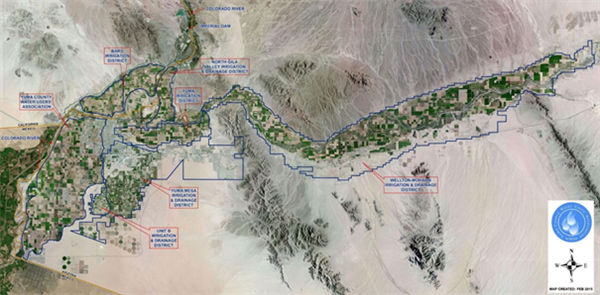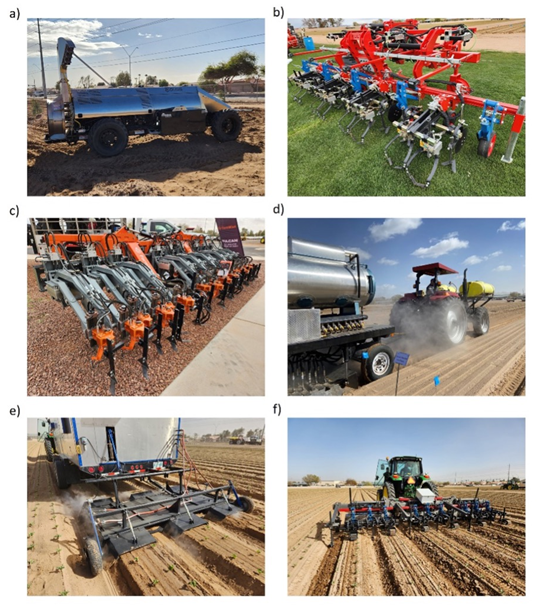-
Mar 22, 2017Liriomyza Leafminer Management on Spring MelonsIt sure seems like there are a lot of spring melons this year, ranging from Texas Hill to San Luis. With melon production well under way, PCAs should be on the lookout for leafminers on cantaloupes, honeydews and watermelons. Temperatures to date have been somewhat moderate which increases the threat of leafminers on smaller plants. Recent sticky trap catches from our area-wide monitoring network showed last that leafminer adults are becoming quite active and beginning to seek hosts, particularly in the Wellton/Dome Valley areas. In these trap locations, both Liromyza sativae and L. trifolii were found on traps which is significant because trifolii is typically more difficult to control. Leafminers can cause significant economic damage to melon plants, particularly on later planted spring melons, which may just be emerging. Mining of leaves by the larvae can cause direct injury to seedling plants by removing chlorophyl and reducing the plants photosynthetic capacity. Mines and feeding punctures can also produce an entrance for pathogenic organisms. In severe infestations, leafmining may cause plant death, particularly to seedlings or transplant watermelons. During May and June, excessive leaf mining on older plants can cause leaves to dry and defoliate, resulting in sun burning of fruit and reduction in yield and quality. Damage to mature plants can occur when attempting to hold the crop longer for extended harvests. The good news is that a number of insecticide products are available that can effectively control both leafminer species. Our research has shown that the most effective products are those that work via translaminar activity and can penetrate the leaf surface where they contact or are ingested by the developing larvae. These include Radiant (5-7 oz/ac), Coragen (5-7 oz/ac), Voliam Xpress (8-9 oz/ac), Exirel (15-20 oz/ac), and Agri-Mek SC (3.0 oz). The compounds can effectively kill newly emerged larvae in the leaf mines before they cause significant damage. Because these products are selective, they have minimal impact on natural enemies that can help suppress leafminer populations. It is recommended that a penetrating adjuvant be added to these products to enhance translaminar movement of the product and larval control. For more information on leafminer biology and management please go to Leafminer Management on Desert Melons.


 In response to the recent outbreaks of Diamondback moth (DBM) , Plutella xylostella in Yuma, we have established a pheromone trap network designed to monitor the activity and movement of adult populations of DBM. PCAs have had difficulty controlling DBM in cabbage, broccoli and cauliflower since October. Traps have been placed in Roll, Wellton, Dome Valley, Gila Valley and Yuma Valley in locations where cole crops are presently being grown or in areas where infestations were known to occur this fall.To contact John Palumbo go to: jpalumbo@ag.Arizona.edu
In response to the recent outbreaks of Diamondback moth (DBM) , Plutella xylostella in Yuma, we have established a pheromone trap network designed to monitor the activity and movement of adult populations of DBM. PCAs have had difficulty controlling DBM in cabbage, broccoli and cauliflower since October. Traps have been placed in Roll, Wellton, Dome Valley, Gila Valley and Yuma Valley in locations where cole crops are presently being grown or in areas where infestations were known to occur this fall.To contact John Palumbo go to: jpalumbo@ag.Arizona.edu










